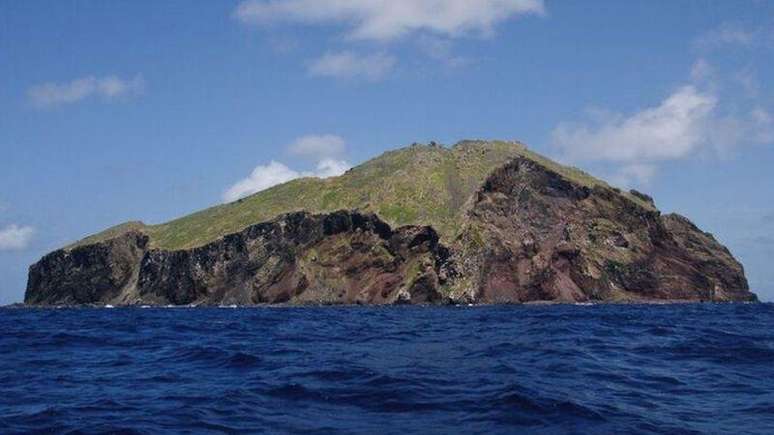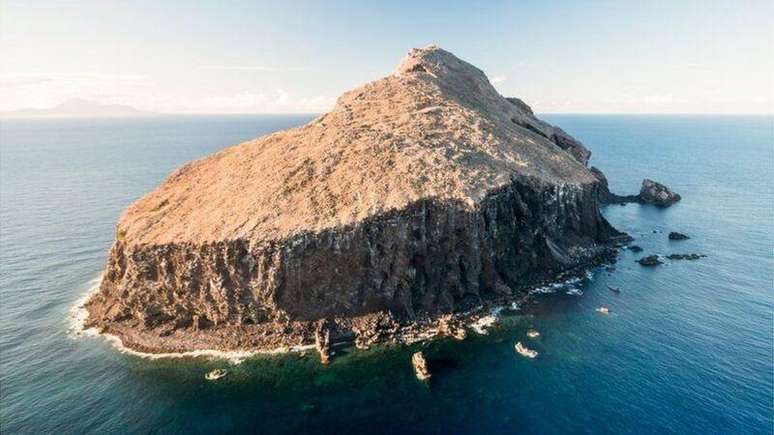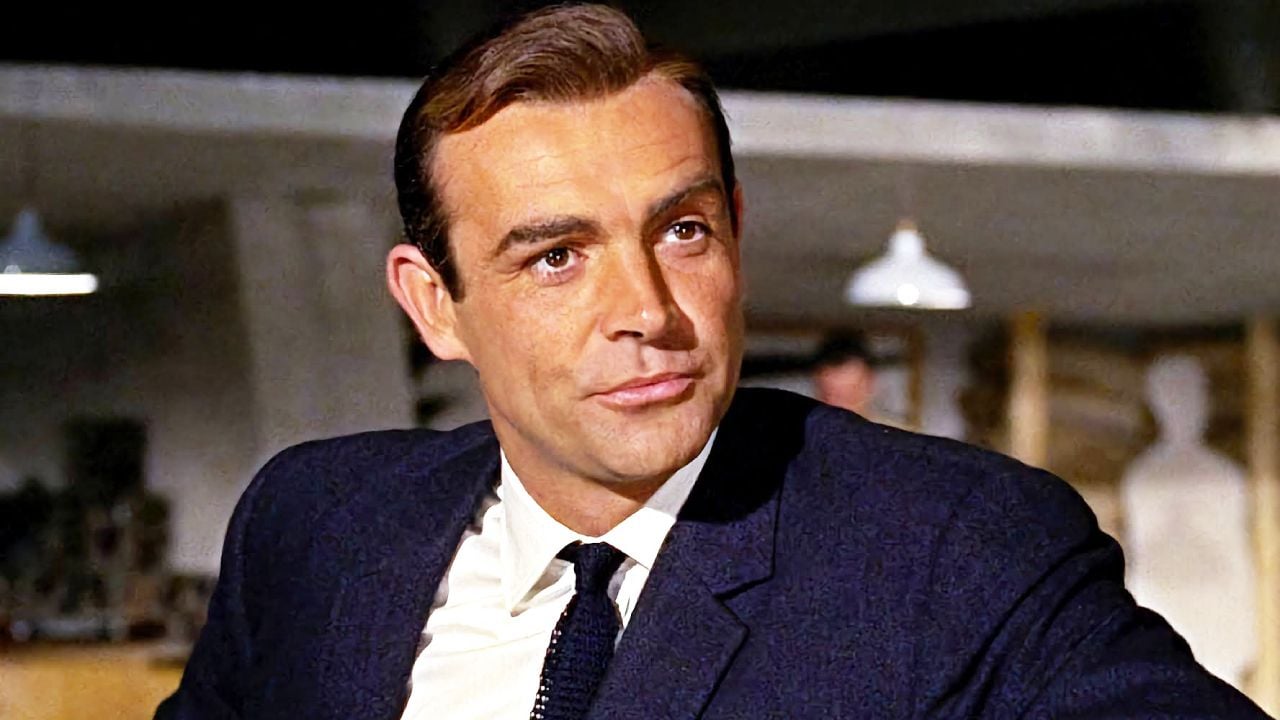The perseverance of the inhabitants of Antigua and Barbuda was responsible for the metamorphosis of the little-known Redonda Island, the third largest in the country.
The incredible environmental recovery of a tiny Caribbean island that, in just a few years, went from being an isolated rock to becoming a green paradise for wildlife, has captured the attention of environmentalists around the world.
The perseverance of the inhabitants of Antigua and Barbuda was responsible for the metamorphosis of the little-known Redonda Island, the third largest in the country. Now they celebrate another important result.
With a length of 1.6 km, Redonda has been officially declared a protected area by the country’s government. The designation gives the site official status as an essential breeding point for migratory birds.
Home to species found nowhere else on the planet, the island will now be preserved indefinitely.
The Redonda Ecosystem Reserve also includes the region’s marine vegetation and a coral reef. In total it covers an area of 30 thousand hectares.
Its immense size means that the country has already done its part to achieve the “30×30” goal, a global movement that aims to ensure that 30% of the planet becomes an area of environmental preservation by 2030.
Redonda is currently seeing an increase in biodiversity. The island is home to dozens of threatened species, colonies of globally important seabirds and endemic lizards.
But it wasn’t always like this.
In the past, invasive black rats attacked reptiles and fed on bird eggs. Goats brought to the island by former colonizers devastated Redonda’s vegetation, leaving the island with an inhospitable appearance, more closely resembling the surface of the Moon.
An ambitious project was launched in 2016 which removed the goats and eradicated the rodents. As a result, plant cover has returned to the island and, with it, the number of native species has increased exponentially.
This work was coordinated by the local NGO Environmental Awareness Group (EAG), in collaboration with the Government of Antigua and Barbuda and international partners such as Fauna and Flora International (FFI).
EAG Executive Director Arica Hill describes the new protected status as an “immense victory for Antiguans.”
“It is the largest marine protected area in the eastern Caribbean,” he said, “which demonstrates the brilliant work that environmentalists and conservationists can do right at home.”
“It is even more significant that the government has also entrusted us with its legal administration,” Hill continues.
The group is conducting feasibility studies, hoping to reintroduce species found in Redonda many years ago, such as the burrowing owl, a small brown bird that nests underground.
The EAG is also developing a monitoring system to ensure the island remains free of invasive species. This system includes surveillance cameras and monitoring of local fisheries, which must meet rigorous standards.
FFI’s Jenny Daltry says Caribbean islands face the highest extinction rate in modern history. This means that the restoration and protection of areas like Redonda are “critical”.
Since construction began, 15 species of land birds have returned to the island. And the number of endemic lizards has increased dramatically, such as the endangered so-called Redonda dragon.
In the past, residents had nicknamed Redonda “the rock.” They are now its most loyal guardians, according to Shanna Challenger, of EAG.
“The island has managed to reawaken national pride,” he says, smiling.
“For me, as an Antiguan, this work is monumental. We are forever inscribed in the history of Redonda,” explains Challenger. “I am very proud to have been part of this process and can’t wait to see what the future of Redonda’s legacy will be.”
For small island developments on the front lines of climate change, Redonda’s success represents a rare bright spark amid the barrage of grim environmental headlines.

“Achieving our ’30×30′ goal shows the rest of the world that this is possible,” continues Challenger. “Even though we are not responsible for the majority of emissions, we are among the most harmed and yet we are the first to reach our goal.”
“Instead of talking, we are taking action. I hope it serves as an inspiration to other countries. If little Antigua and Barbuda can do it, you can too.”
For reserve coordinator Johnella Bradshaw, this is an even more personal achievement.
“When I grew up and went to school and university, there was no talk of pursuing a career in the environmental field,” she says. “The important thing was to be a doctor, dentist or lawyer.”
“When you think about conservation, you think about what happens in the United States or Europe, not on a small island in the Caribbean,” Bradshaw continues.
“We are now at the forefront of international conservation. We can change this narrative and show younger generations that people like me can make this change happen.”
Bradshaw is keen to demonstrate that protected status exists not only “on paper” but “in reality too”.
Like his compatriots, Bradshaw is no stranger to the unprecedented weather conditions facing the country.
Six years ago, Barbuda was devastated by Hurricane Irma. And warming oceans continue to pose an existential threat to the region’s islands.
“You hear about climate change, rising temperatures and stronger storms, but we hear it all,” he continues. “This summer has been terrible, very hot.”
“But if we all do our part, together we can make a difference.”
Source: Terra
Rose James is a Gossipify movie and series reviewer known for her in-depth analysis and unique perspective on the latest releases. With a background in film studies, she provides engaging and informative reviews, and keeps readers up to date with industry trends and emerging talents.


![Plus Belle La Vie Adher: What awaits you, on August 27, 2025 on Wednesday, Wednesday, 407 episode [SPOILERS] Plus Belle La Vie Adher: What awaits you, on August 27, 2025 on Wednesday, Wednesday, 407 episode [SPOILERS]](https://fr.web.img6.acsta.net/img/e9/fc/e9fca61f1a49ef45be5d4fef9be64ede.jpg)





